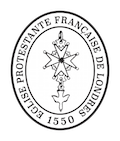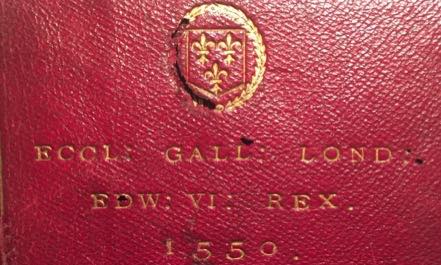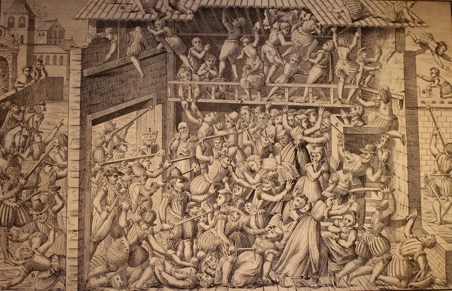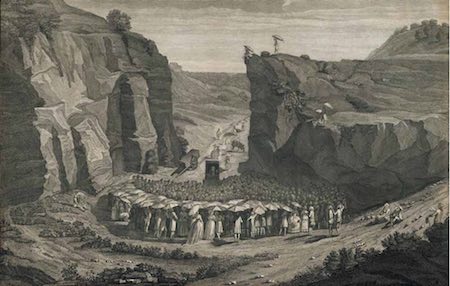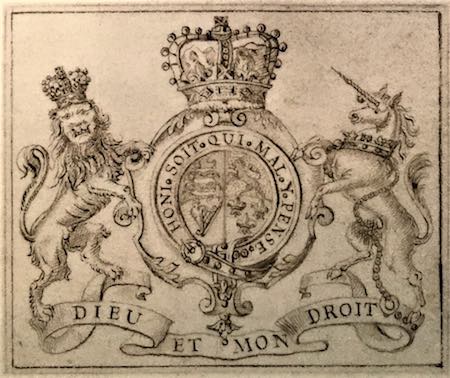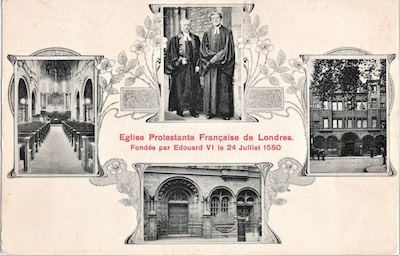Edward VI was not thirteen years old, and had only been king for three years when, in 1550, he granted by Royal Charter to John a Lasco the right to establish a strangers’ church in London. It is from this original church, that, five centuries later, the French Protestant church of Soho Square is the direct descendant. Its history highlights the successful integration of French refugees, the Huguenots, fleeing persecution. Today it takes the form of a vibrant and dynamic Francophone community.

Archbishop Thomas Cranmer, one of the leader of the English Reformation and close advisor to the young King Edward VI, invited the theologian John a Lasco to London to promote and consolidate the Reformed ideas. In this context Edward VI, on 24 July 1550, signed the Royal Charter founding the Church of the Strangers in London and named John a Lasco as its first superintendent. The congregation, composed of French, Dutch and Walloons had then 422 members.
Read further..

The wars of religion in France, which began in 1562 and lasted until 1598, followed by the Huguenot rebellions – the most famous example of which is the siege of La Rochelle- triggered a first wave of emigration of French Protestants. From 8,000 to 10,000 Huguenots had already settled in England before the start of Louis XIV’s persecutions.
Read further…

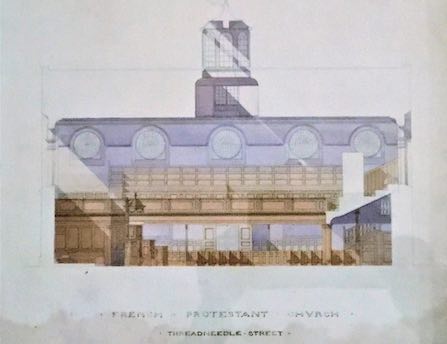
Destroyed by the Great Fire of London which swept through the City in 1666, the church of Threadneedle Street was rebuilt in three years only thanks to the congregation’s involvement. The new building could house nearly a thousand people and was considered as the mother church by other London churches.
Read further…

From 1680 to 1715, nearly 200,000 French Protestants fled the persecutions ranging from the progressive loss of their civic and religious rights, to forced conversions and harassment by the king’s dragoons. From forty to fifty thousand Huguenots then found refuge in England. The construction of churches, and the organization of financial aid and charitable structures (hospital, schools, and soup kitchens) made it possible to cope with this massive influx.
Read further…

With the 1713 Treaty of Utrecht the exiled Huguenots saw their hopes of returning to France vanish. This started a process of assimilation, accelerated in 1753 by the obligation to celebrate all marriages in an Anglican church. The French Protestants contributed significantly to English society, especially in the fields of textiles, watchmaking, cabinetmaking or printing, but not only…
Read further…

When the Threadneedle street church was destroyed in order to enlarge the street, only three French Protestant churches in London remained. The community was first transferred to St. Martin le Grand, still in the City, before moving in 1893 to Soho Square in the newly built church designed by Sir Aston Webb.
Read further…

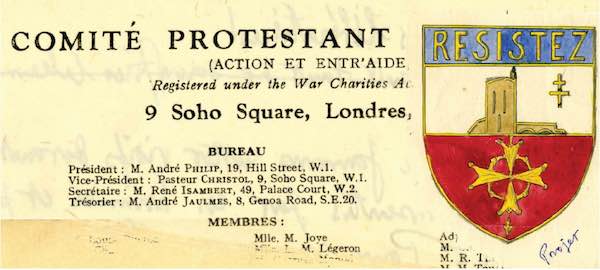
During the Second World War and under the leadership of its pastor Frank Christol, chaplain of the Free French Forces, the Protestant church was the rallying point of the protestant Free French, some famous as André Philip or Jacques Soustelle, or others more obscure, such as the numerous soldiers from Overseas Territories, from Tahiti or New Caledonia for example, whom Pastor Christol regularly received at the Presbytery.
Read further…
